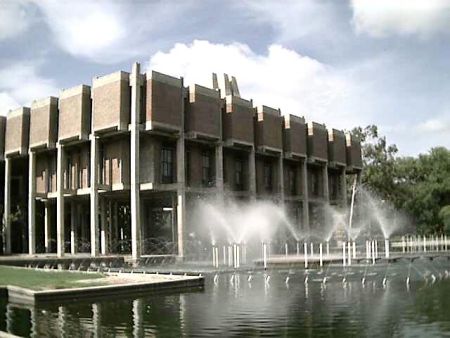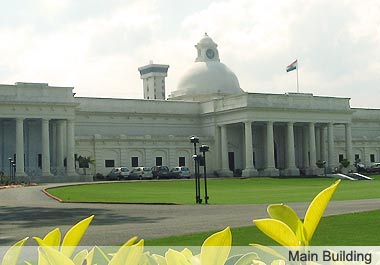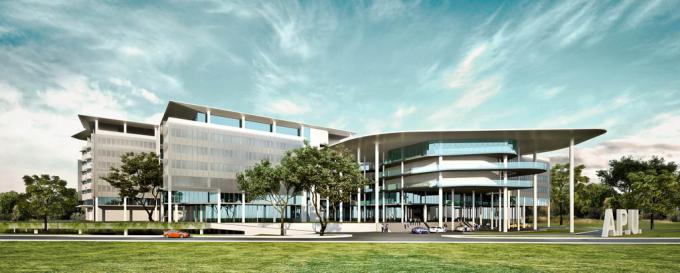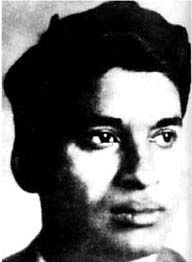.
.
.
Iran pays homage to 13th-century Persian poet Mowlavi

13th-century Persian poet Mowlana Jaleleddin Mohammad Balkhi
Presstv.com
.
Iran is commemorating National Mowlavi Day to pay tribute to the renowned 13th century Persian poet on his birthday anniversary.
.
Mowlana (Mowlavi) Jaleleddin Mohammad Balkhi, aka Rumi in certain countries, was a poet, Islamic scholar, theologian and mystic.
.
He was born in Balkh (now part of Afghanistan) and passed away in Konya, Turkey, where he was laid to rest.
.
Every year, Iranians hold ceremonies in different cities across the country, including the capital, Tehran, to pay homage to the world-famous literary figure.
Similar ceremonies are also held in other countries, including Turkey and Tajikistan.
.
Mowlavi is better known for his magnum opus, Masnavi, which contains a great number of stories and anecdotes of diverse styles and is considered by many to be one of the greatest works of Persian literature.
.
His second best known work is Diwan-i Shams-i Tabriz which is named in honor of his master Shams. The major work is a collection of poems, including couplets, quatrains and ghazals, a form of poetry.
.
Mowlavi’s poems have been widely translated from Persian into many of the world's languages.
.
In 2007, the United Nations Educational, Scientific and Cultural Organization (UNESCO) named 2007 as the year of Mowlavi in honor of the Persian poet's outstanding achievements.
Iran is commemorating National Mowlavi Day to pay tribute to the renowned 13th century Persian poet on his birthday anniversary.
.
Mowlana (Mowlavi) Jaleleddin Mohammad Balkhi, aka Rumi in certain countries, was a poet, Islamic scholar, theologian and mystic.
.
He was born in Balkh (now part of Afghanistan) and passed away in Konya, Turkey, where he was laid to rest.
.
Every year, Iranians hold ceremonies in different cities across the country, including the capital, Tehran, to pay homage to the world-famous literary figure.
Similar ceremonies are also held in other countries, including Turkey and Tajikistan.
.
Mowlavi is better known for his magnum opus, Masnavi, which contains a great number of stories and anecdotes of diverse styles and is considered by many to be one of the greatest works of Persian literature.
.
His second best known work is Diwan-i Shams-i Tabriz which is named in honor of his master Shams. The major work is a collection of poems, including couplets, quatrains and ghazals, a form of poetry.
.
Mowlavi’s poems have been widely translated from Persian into many of the world's languages.
.
In 2007, the United Nations Educational, Scientific and Cultural Organization (UNESCO) named 2007 as the year of Mowlavi in honor of the Persian poet's outstanding achievements.



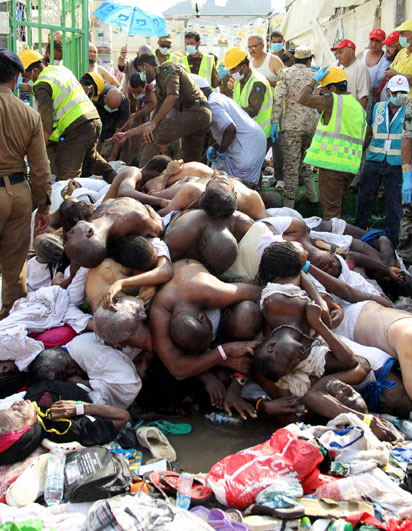
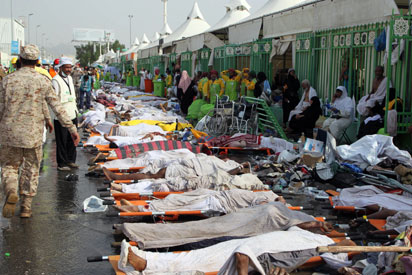

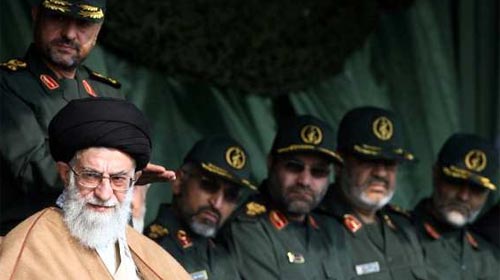



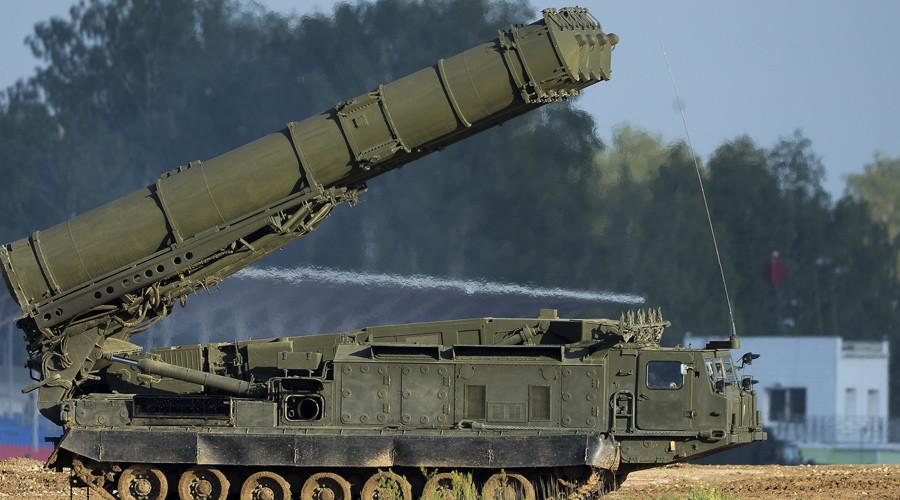
 That
That 

